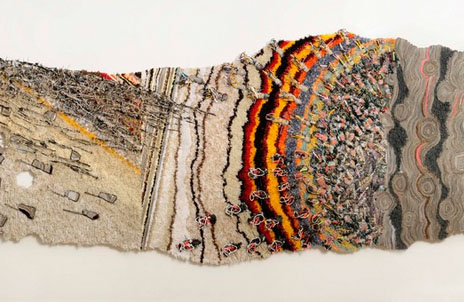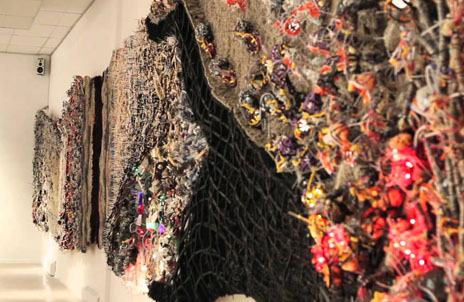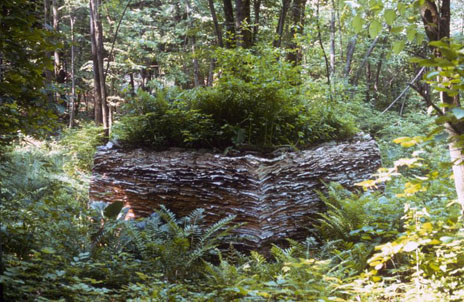 BERKSHIRE EAGLE
BERKSHIRE EAGLE
Put the Pieces together at ’35 Pieces’
by Benjamin Cassidy, October 27, 2017
…the Hampshire College graduate’s latest project, an exhibit called “35 Pieces” at CYNTHIA-REEVES on the Massachusetts Museum of Contemporary Art’s campus, features some old print copy indoors, enclosed in mixed-media panels hanging on the gallery’s walls and documented in a short film surveying the panels. While Siegel has stacked 30,000 pounds worth of newspapers in outdoor installations before, this project required the artist to work with far less than that; in many of the panels, he bunched together inch-long strips of newspapers with glue and staples in a manner that resembles rock layers and thus conveys the work’s focus on nature and history.
read full article (pdf)
 AMERICAN CRAFT COUNCIL
AMERICAN CRAFT COUNCIL ARTOPIA
ARTOPIA ARTFORUM
ARTFORUM SCULPTURE MAGAZINE
SCULPTURE MAGAZINE